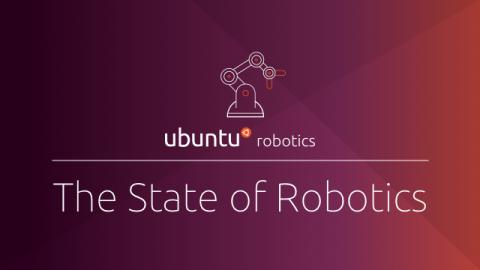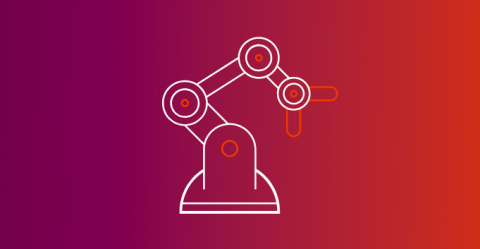Go for ROS
If you started reading this post thinking I would explain why you should go for ROS when building robots, think again. To be fair, that topic deserves a post of its own. But for this article, I’ll be using Go in the context of Golang. As in the Go programming language. As in the one designed by Google with an adorable Gopher for a mascot. Specifically, we will talk about ROS client libraries for the Go programming language; their features, their advantages, and what gaps still remain.





